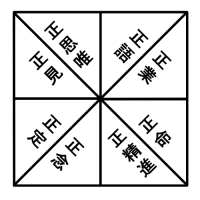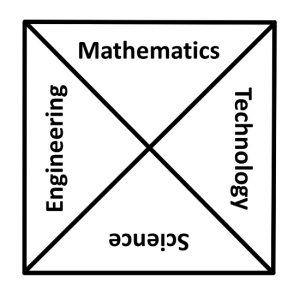 I have mentioned fourfold classifications of philosophers before, most notably the Philosophical Semantics of philosopher Richard McKeon (which is similar to the Archic Matrix of Walter Watson and David Dilworth). These are actually sixteen-fold classifications, since each of four attributes have four types.
I have mentioned fourfold classifications of philosophers before, most notably the Philosophical Semantics of philosopher Richard McKeon (which is similar to the Archic Matrix of Walter Watson and David Dilworth). These are actually sixteen-fold classifications, since each of four attributes have four types.
Instead, consider this six-fold classification by Justin E. H. Smith:
- Curiosa – Particularist
- Sage – Systematist
- Gadfly – Social Critic, Commentator
- Ascetic – Disciplinarian
- Mandarin – Academic, Professional
- Courtier – Bureaucrat, Institutionalist
In addition, here is another diagram of this same classification scheme.
 Further Reading:
Further Reading:
Justin E.H. Smith / The Philosopher: A History in Six Types, Princeton University Press, 2016.
https://ndpr.nd.edu/news/the-philosopher-a-history-in-six-types/
The Philosopher: A History in Six Types
http://www.jehsmith.com/
[*10.96]
<>
 We can live with no fear if we remove these four pairs of opposites and have Right View.
We can live with no fear if we remove these four pairs of opposites and have Right View.





 Further Reading:
Further Reading:

